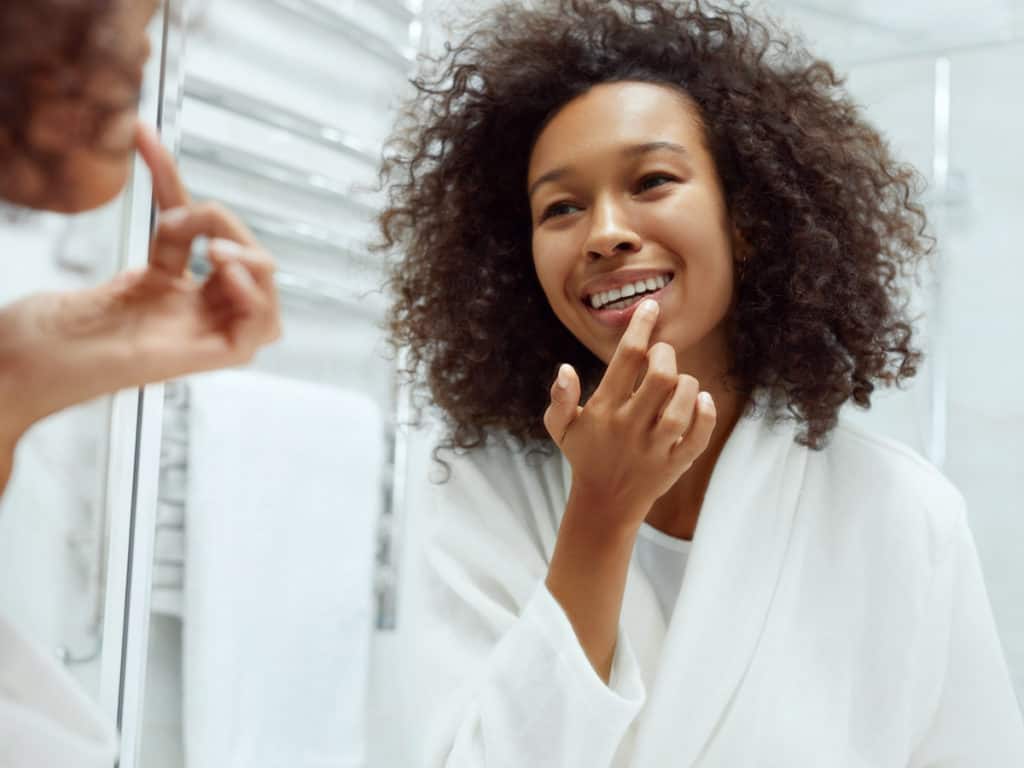Aesthetic goals vary tremendously from patient to patient, in different areas of the country, and in different ethnic groups but it is very uncommon for a patient to come to see me and say “I’m hoping to look fake.” This is particularly true when it comes to facial procedures. In my urban/suburban, Midwest patient population, patients most often want a soft, natural enhancement that makes them look like a better version of themselves. They want to look good for their age or perhaps a couple years younger than they are. They want to see a difference in their results but don’t necessarily want others to realize they’ve done something to enhance their appearance. Many will specifically name a celebrity that they don’t want to resemble such as Joan Rivers, Renee Zellwegger, Lisa Marie Presley, Lisa Rinna, Marie Osmond, Melanie Griffith, Lara Flynn Boyle, Michael Jackson, Mickey Rourke, and Kenny Rogers, just to name a few.
Plastic surgery and non-surgical aesthetic treatments such as Botox and fillers should make you look like a better version of you. Done in moderation by a qualified practitioner the results can be beautiful. They may make friends, family, or coworkers notice you look great, but they may attribute it to a new haircut, being well-rested, being in love, or any number of other reasons (feel free to tell them they’re right if you don’t want them to know you’ve been seeing a plastic surgeon).
So why do these celebrities look fake? The basic answer is that just because a little is good doesn’t mean that more is better. Most did not achieve the clearly “done” look with one procedure.
Botox
One of the most common misconceptions I hear is that Botox makes people look fake, frozen, and every unnatural-looking face is Hollywood is because of too much Botox. In fact, the two most common areas I use Botox are the frown lines between the eyebrows and the crow’s feet at the corner of the eyes. Treatment in these areas virtually never makes a person look unnatural, as the only normal motion that is eliminated is the ability to frown (who wants to make that face anyway?). Certainly Botox treatment of other areas can affect normal motion (forehead treatment affects the ability to raise the eyebrows and around the lips can affect the motion of the mouth), so treatment of these areas should involve a frank discussion about the tradeoff of smoothing lines and affecting movement.
Fillers
I think that overzealous use of fillers is probably the most common culprit in the fake looking celebrity. Used judiciously, fillers are a wonderful tool to replace the volume in our faces that we lose with aging and to camouflage some wrinkles caused by gravity over the years. Used to excess, fillers can make a person look strange and overdone.
Surgery
Surgical procedures can also have positive or negative results, but the person who looks like they’ve been in a wind tunnel probably didn’t get that way with one facelift. The one caveat to this is a brow lift on a man. While men can benefit from this procedure, it should be done with caution to keep a man’s eyebrows flatter and lower than a woman’s or the results can be feminizing and un-aesthetic (Kenny Rogers is a good example of this).



